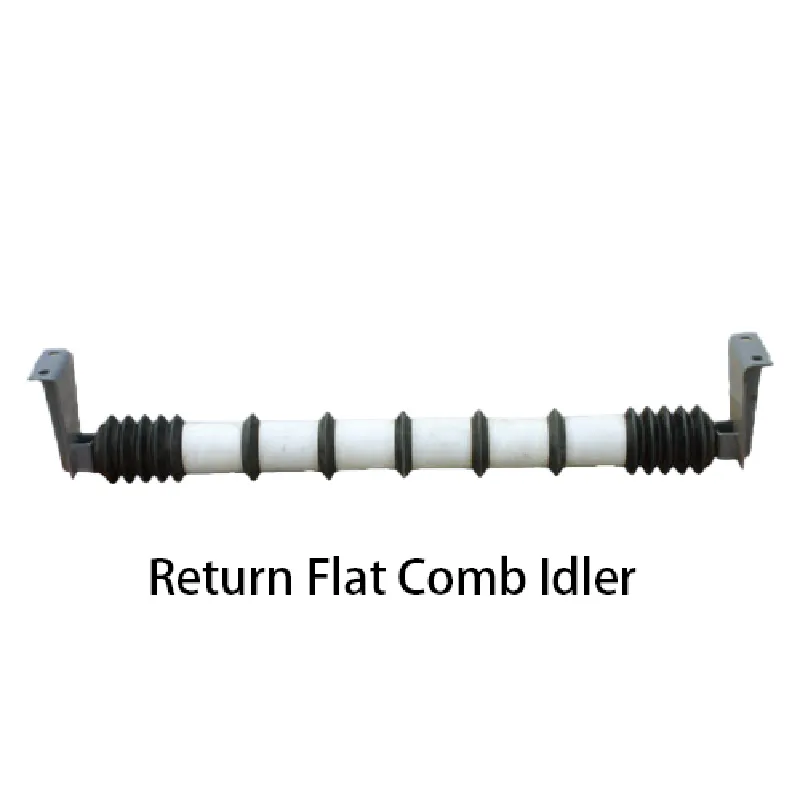 Afrikaans
Afrikaans  Albanian
Albanian  Amharic
Amharic  Arabic
Arabic  Armenian
Armenian  Azerbaijani
Azerbaijani  Basque
Basque  Belarusian
Belarusian  Bengali
Bengali  Bosnian
Bosnian  Bulgarian
Bulgarian  Catalan
Catalan  Cebuano
Cebuano  Corsican
Corsican  Croatian
Croatian  Czech
Czech  Danish
Danish  Dutch
Dutch  English
English  Esperanto
Esperanto  Estonian
Estonian  Finnish
Finnish  French
French  Frisian
Frisian  Galician
Galician  Georgian
Georgian  German
German  Greek
Greek  Gujarati
Gujarati  Haitian Creole
Haitian Creole  hausa
hausa  hawaiian
hawaiian  Hebrew
Hebrew  Hindi
Hindi  Miao
Miao  Hungarian
Hungarian  Icelandic
Icelandic  igbo
igbo  Indonesian
Indonesian  irish
irish  Italian
Italian  Japanese
Japanese  Javanese
Javanese  Kannada
Kannada  kazakh
kazakh  Khmer
Khmer  Rwandese
Rwandese  Korean
Korean  Kurdish
Kurdish  Kyrgyz
Kyrgyz  Lao
Lao  Latin
Latin  Latvian
Latvian  Lithuanian
Lithuanian  Luxembourgish
Luxembourgish  Macedonian
Macedonian  Malgashi
Malgashi  Malay
Malay  Malayalam
Malayalam  Maltese
Maltese  Maori
Maori  Marathi
Marathi  Mongolian
Mongolian  Myanmar
Myanmar  Nepali
Nepali  Norwegian
Norwegian  Norwegian
Norwegian  Occitan
Occitan  Pashto
Pashto  Persian
Persian  Polish
Polish  Portuguese
Portuguese  Punjabi
Punjabi  Romanian
Romanian  Russian
Russian  Samoan
Samoan  Scottish Gaelic
Scottish Gaelic  Serbian
Serbian  Sesotho
Sesotho  Shona
Shona  Sindhi
Sindhi  Sinhala
Sinhala  Slovak
Slovak  Slovenian
Slovenian  Somali
Somali  Spanish
Spanish  Sundanese
Sundanese  Swahili
Swahili  Swedish
Swedish  Tagalog
Tagalog  Tajik
Tajik  Tamil
Tamil  Tatar
Tatar  Telugu
Telugu  Thai
Thai  Turkish
Turkish  Turkmen
Turkmen  Ukrainian
Ukrainian  Urdu
Urdu  Uighur
Uighur  Uzbek
Uzbek  Vietnamese
Vietnamese  Welsh
Welsh  Bantu
Bantu  Yiddish
Yiddish  Yoruba
Yoruba  Zulu
Zulu Understanding Head and Tail Pulleys in Conveyor Systems and Their Functions
Head Pulley and Tail Pulley An In-Depth Analysis
In the realm of conveyor systems, two essential components play a crucial role in the effective operation of these systems the head pulley and the tail pulley. Understanding the functions and mechanics of these pulleys is pivotal for anyone involved in material handling and industrial processing. This article delves into the characteristics, roles, and significance of head pulleys and tail pulleys in conveyor systems.
What Are Head and Tail Pulleys?
Pulleys are cylindrical devices around which a belt or cable passes to transmit motion and force. In a conveyor system, a head pulley is positioned at the discharge end, while the tail pulley is located at the loading end. Together, they form a crucial part of the conveyor mechanism that allows for the efficient transport of materials from one point to another.
Function of the Head Pulley
The head pulley, often referred to as the drive pulley, is responsible for driving the conveyor belt. It rotates in a direction that propels the belt forward, thus facilitating the movement of materials. The energy that powers the head pulley typically comes from an electric motor, which is connected through a series of gears and drives.
One of the key features of the head pulley is its ability to maintain tension in the belt. Proper tension is critical as it prevents slippage and ensures efficient movement. Moreover, head pulleys can come with various surface treatments or designs, such as lagging or rubber coatings, to enhance grip and avoid wear caused by friction.
Function of the Tail Pulley
Conversely, the tail pulley serves as the return point for the conveyor belt. Its primary role is to redirect the belt back to the head pulley after the materials have been discharged. The tail pulley also helps in maintaining the belt's tension and alignment throughout the system.
head pulley tail pulley

Tail pulleys can be either fixed or adjustable, depending on the design of the conveyor system. Some advanced models include tensioning mechanisms that allow for fine-tuning of the belt's tension, which is crucial to prolonging the lifespan of both the belt and the entire system.
Importance of Alignment and Tension
Proper alignment and tensioning of both head and tail pulleys are vital for the efficiency and longevity of the conveyor system. Misalignment can lead to excessive wear on the belt, causing premature failure and increasing maintenance costs. Inadequate tension can result in slippage, which significantly hampers the performance of the conveyor system.
Regular inspections and adjustments should be part of a scheduled maintenance routine to ensure that head and tail pulleys are functioning optimally. By doing so, facilities can reduce downtime and operational interruptions, thereby improving overall productivity.
Innovations in Pulley Design
As industries evolve, so do the designs and materials used in head and tail pulleys. Innovations such as lightweight materials, advanced coatings, and improved drive systems have enhanced the performance and efficiency of conveyor systems. For instance, modern pulleys may utilize composite materials that can withstand harsh conditions while reducing weight, thereby improving energy efficiency.
Moreover, the integration of smart technology allows for real-time monitoring of the pulleys’ conditions. Sensors can provide data on load, temperature, and tension, enabling predictive maintenance that minimizes unexpected failures and costly repairs.
Conclusion
In summary, head pulleys and tail pulleys are integral components of conveyor systems that significantly impact their efficiency and effectiveness. Understanding their functions, along with the importance of proper alignment and tension, is essential for anyone involved in material handling. With ongoing innovations and advancements in technology, the roles of these pulleys will continue to evolve, leading to even more efficient and reliable conveyor systems in the future. Ensuring that these components are well-maintained and optimized can lead to substantial improvements in productivity, making them indispensable in modern industrial applications.
-
Revolutionizing Conveyor Reliability with Advanced Rubber Lagging PulleysNewsJul.22,2025
-
Powering Precision and Durability with Expert Manufacturers of Conveyor ComponentsNewsJul.22,2025
-
Optimizing Conveyor Systems with Advanced Conveyor AccessoriesNewsJul.22,2025
-
Maximize Conveyor Efficiency with Quality Conveyor Idler PulleysNewsJul.22,2025
-
Future-Proof Your Conveyor System with High-Performance Polyurethane RollerNewsJul.22,2025
-
Driving Efficiency Forward with Quality Idlers and RollersNewsJul.22,2025





























